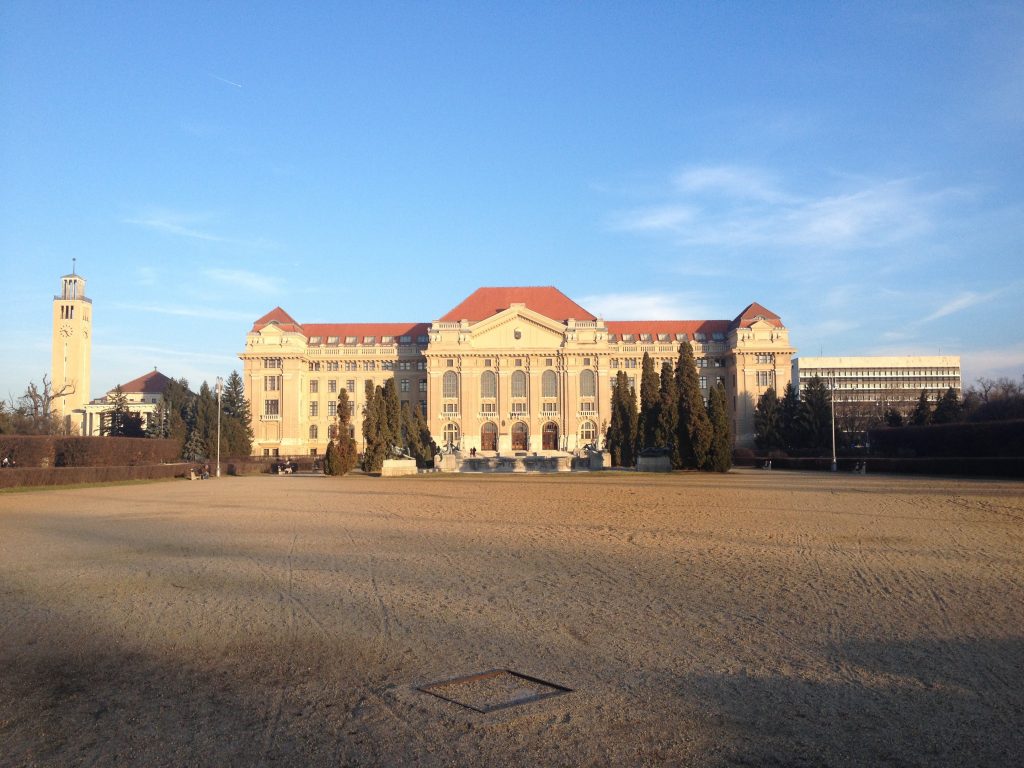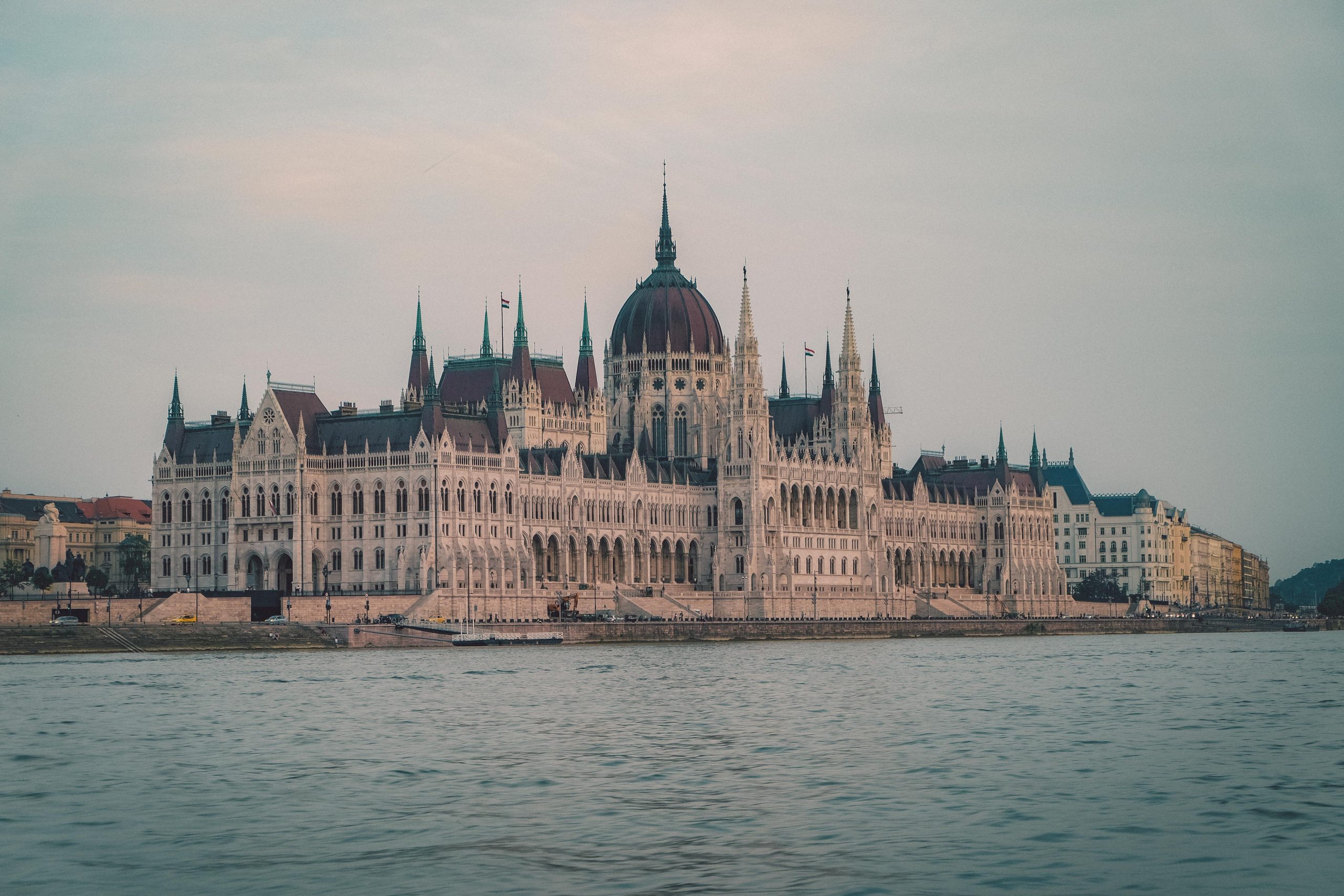From the outstanding city of Budapest to the breathtaking natural countryside, Hungary is the perfect blend of contemporary and historical beauty. You can explore the fantastic displays of nature protected and renowned as World Heritage Sites by UNESCO, like the largest thermal lake in the world Lake Hévíz, and Hortobágy, the largest natural grassland in Europe.
There are hundreds of places to visit in Hungary that will satisfy your personal desires. If you wish to explore the ancient and rich cultural heritage of a European country, you’ll have dozens of castles, ruins, and museums, to enjoy to your heart’s content. If you want to relax, there are several biological reserves in Hungary, which you can visit and appreciate.
Traditional Cuisine
On the other hand, if you’re a gastronomical tourist, you’ll be delighted by the myriads of traditional dishes commonly served throughout the country. Indulge in a strong, old-style, meaty stews like the Goulash, and other local cuisine plates like paprikás, lángos, and stuffed cabbage.
But it’s not all food. If you like wine, you’ll be pleased to hear that Hungary boasts seven large wine growing regions, with dozens of vineyards offering all kinds of excellent local wine like Egri Bikavér.
Budapest
Known as the “Paris of the East”, the capital city of Hungary is one of the most beautiful cities in Central Europe, with remarkable historical sites which contrast with the modern architecture of the town.
As the capital city, there are hundreds of activities for all sorts of trades throughout the region, varying from historical and cultural sites to an intense and luxurious nightlife, so you’ll be able to tailor Budapest into your personal experience.
From the beautiful sights of the Danube river that splits the city in two, to the astonishing Buda Castle (UNESCO World Heritage Site), that rivals the palace of Versailles, this rich culture permeates every aspect of its society and welcomes tourists with open arms.
Know Before You Go
Budapest has a bustling transport network of trains, the metro, trams, and buses to connect you anywhere and everywhere. Including to neighbouring destinations such as Vienna. Venture out of the capital city to find destinations like Szeged. Where you’ll find equally stunning architecture. As Hungary is part of the Schengen area, it’s also easy to navigate to other popular European destinations like neighbouring Austria, Slovakia, and Slovenia.
The delights of Hungary go way beyond the charms of Budapest’s castles and spas. The magnificent Lake Balaton is worth adding a few extra days to your trip to basque in Hungary’s favourite holiday spot. Either way, swimsuits are a must. The nearby town of Zamárdi also sees the Balaton Sound summer music festival thrill crowds every July.
Try goulash the way it was meant to be. Hungary’s famous national dish is served in Western restaurants as a stew. The traditional gulyás is more of a soup. It’s fired up with the distinctive red pepper “paprika, that has most Hungarian’s addicted to spicing up their dishes.
Cheers to Hungary, but not the beer. The clinking of glasses is unheard of since Hungary’s struggle in the 1848-49 Revolution and War of Independence, when they vowed not to clink their beer glasses in an act of cheers for 150 years.
Best Time To Visit
Hungary enjoys all four season, and spring and autumn are bursting with natural magnetism. The weather is sublime, and it’s much less crowded. It’s best to avoid the summer months when the entirety of Europe is on holiday and Budapest is a hot spot of popularity.
What To Expect
It’s no secret that Hungary is one of the crowning glories of Europe. Here are a few tips to take the stress out of your trip and leave more room for fun.
Currency – The official currency of Hungary is the Hungarian forint, but many places also accept Euros. The exchange rate is usually displayed, but if not, it’s always better to ask.
Language – The official language is
ATMs – Hungarian banks offer better exchange rates. So it’s better to grab your forints there. ATM’s are in abundance and will charge mid-market rates, but you may also be charged a foreign exchange fee.
Plugs & Sockets – Hungary uses the Euro plug Type C with two round pins, as well as Type F with 2 round pins and 2 earth clips. The standard voltage is 230 V and the standard frequency is 50 Hz.
Safety – Hungary is generally a safe place. Be careful in crowded places and avoid political events.
Climate – Planning your perfect trip to Hungary can be considered by the climate.
Hungary enjoys a continental climate with all four seasons.
Spring is mild, but unexpected snows can paint the city white in March or April.
Summer is from June to August, and heatwaves can make them for an excellent time to hit the lakes.
The mild days of early Autumn are perfect for travelling off season.
Latest Hungary Articles

Best Time To Visit Budapest

Day trips from Budapest

Budapest Airport to City Centre Guide
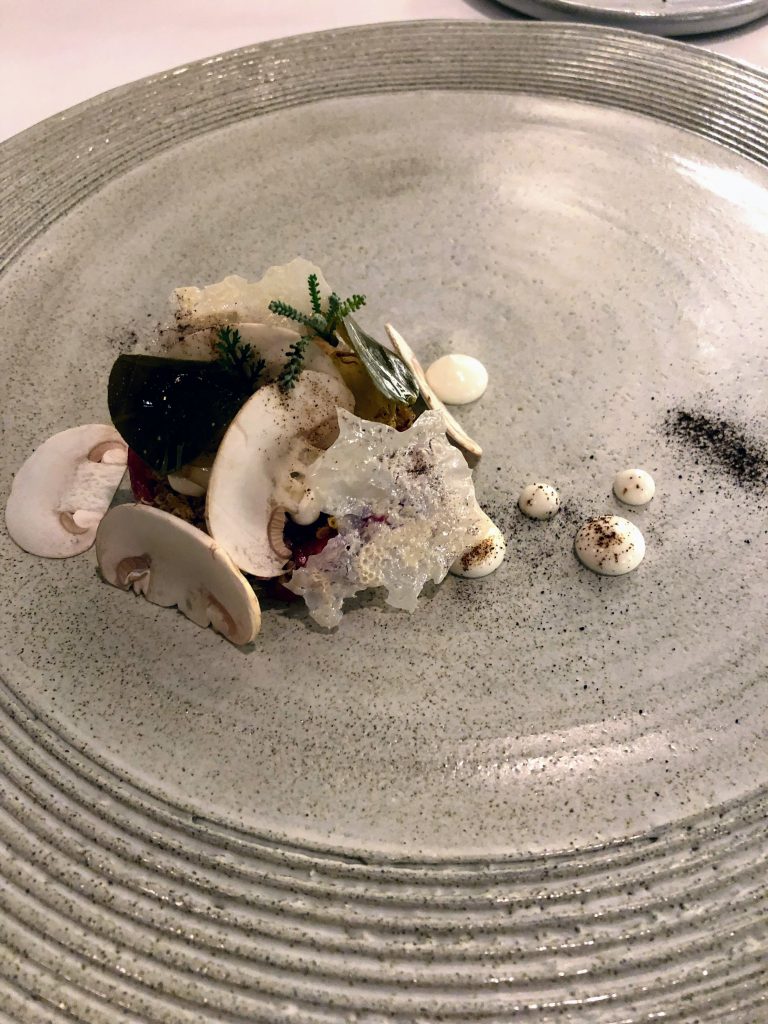
Onyx Budapest Review

3 days in Budapest Itinerary

Vegan guide to Budapest

An expat guide to living in Budapest

Where to have the best Langos in Budapest
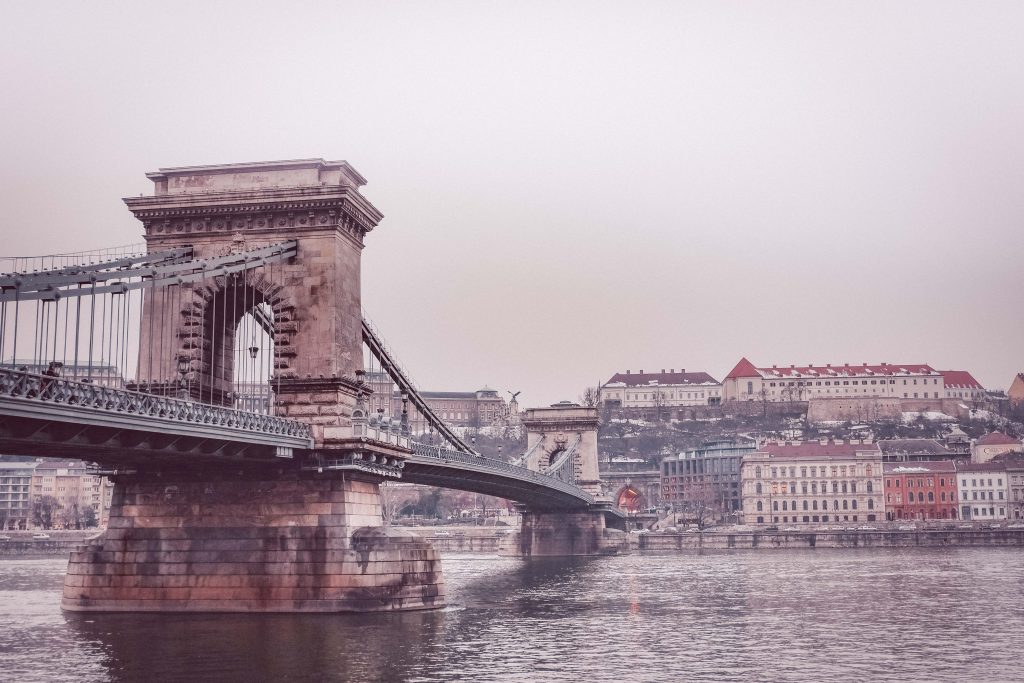
Where to stay in Budapest

Traditional Hungarian Food

Our Spa Weekend in Budapest

Driving in Hungary Guide

Danube River Cruise in Budapest

Budapest is a gem on the Danube
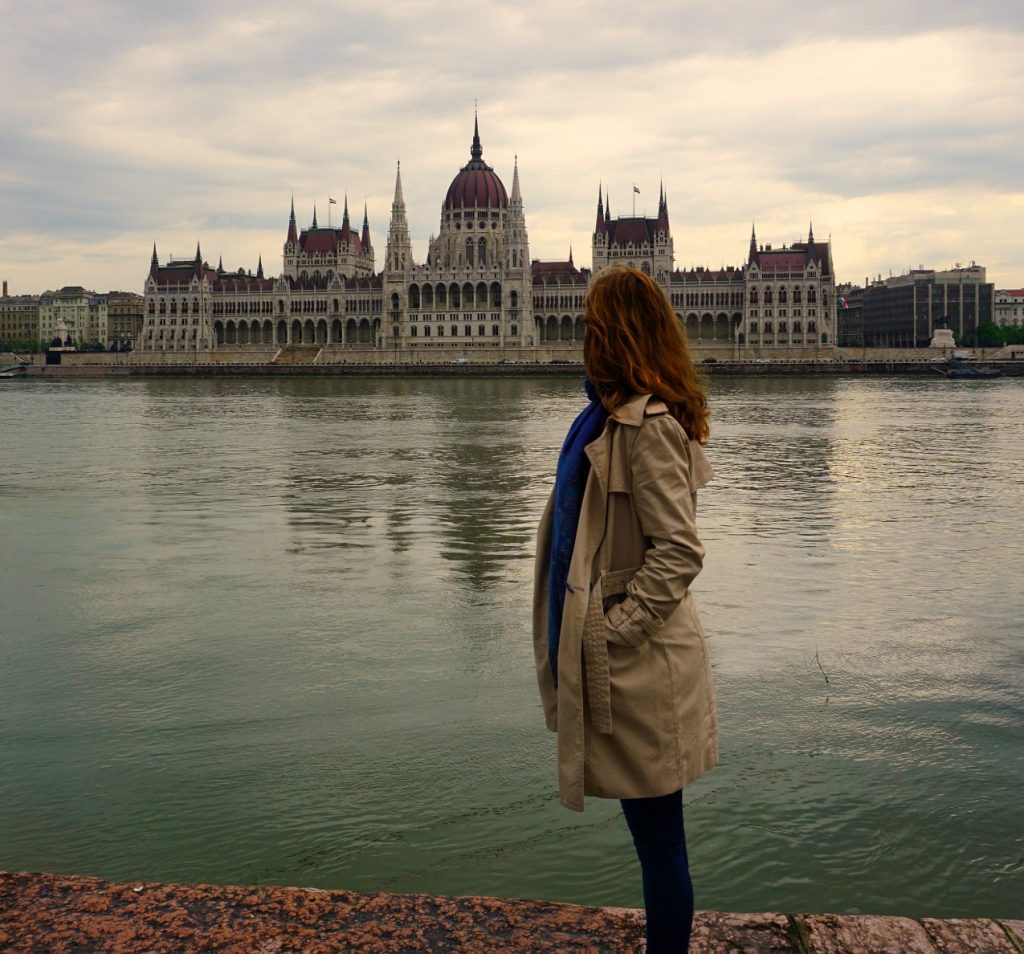
24 hours in Budapest Itinerary
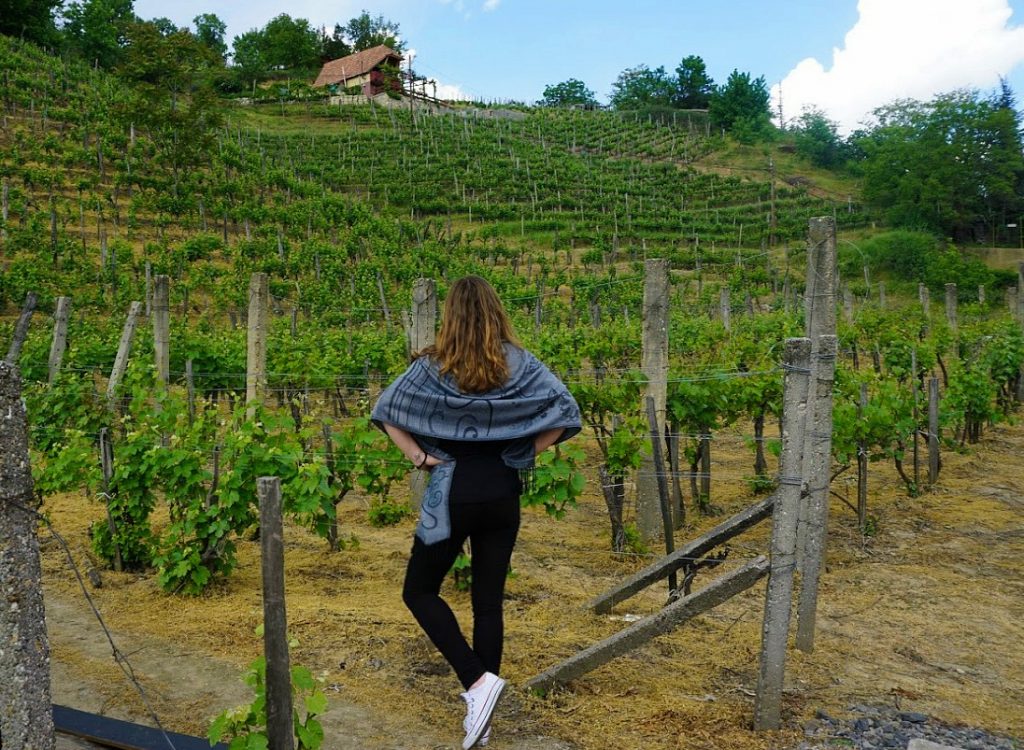
Tokaj Region, Hungary

Keszthely Guide, Hungary

Best of Tapolca, Hungary
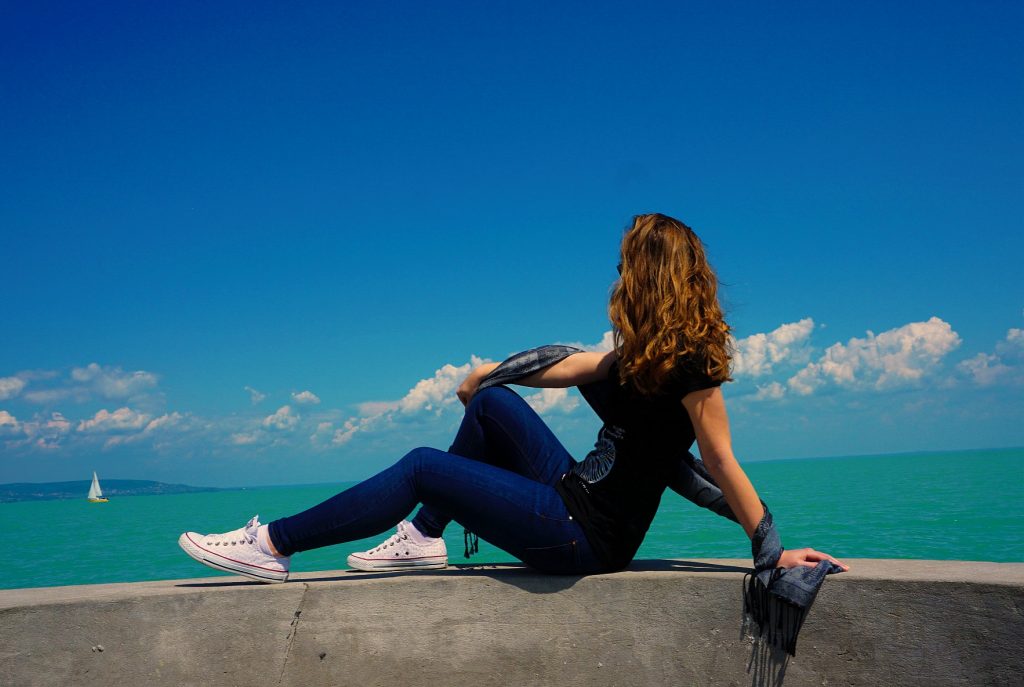
Best of Tihany, Hungary

Things to do in Debrecen
